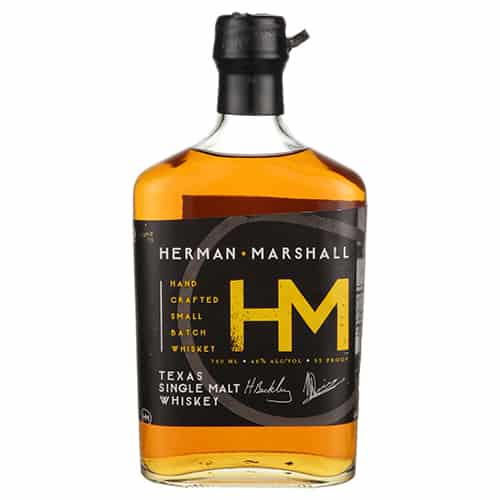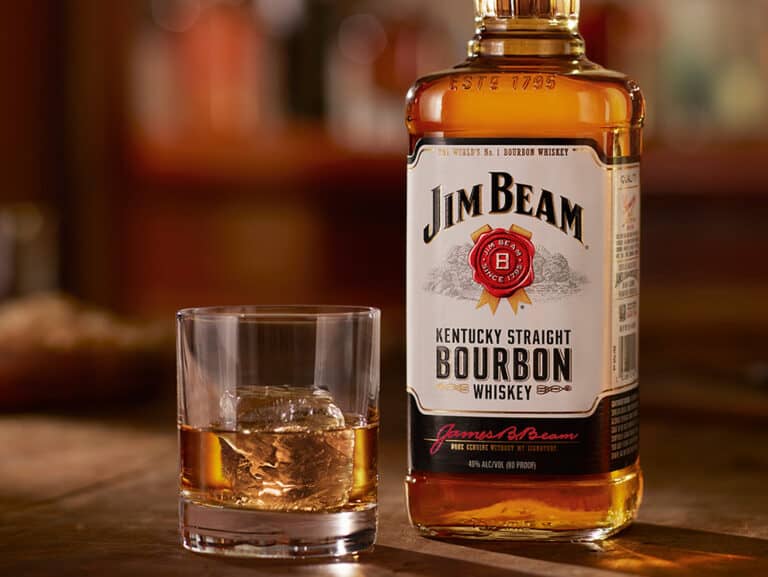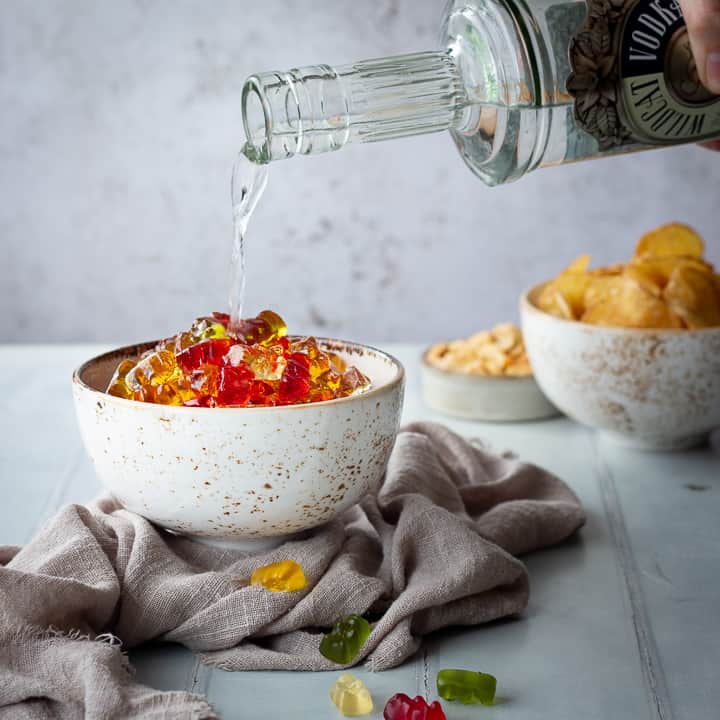Comparing the Taste Bourbon and Scotch
Ever wondered how the rich, caramel notes of bourbon contrast with the peaty essence of scotch? What makes each of these spirits an icon on its own? Bourbon and scotch, two titans of the whiskey world, offer diverse palates that reflect their heritage and crafting traditions.

In the quest for the perfect sip, connoisseurs and casual drinkers alike debate: which has the superior taste? This article serves as your guide through the sensory landscapes “Comparing the taste bourbon and scotch”, comparing their textures and traditions. Join us as we unravel the subtleties that define and distinguish these two liquors. Will you find a favorite, or will the journey enhance your appreciation for both? Let’s find out.
How Is Bourbon Made?
Bourbon’s journey begins with its defining ingredient: corn. By law, bourbon must contain at least 51% corn, but many distilleries opt for a higher percentage, giving bourbon its signature sweetness. The grains are milled and mixed with water, usually from a local source rich in minerals, which many believe contributes to the spirit’s smoothness.
The Mash Bill
The mash bill, or grain recipe, varies by distillery but always starts with corn. Rye or wheat is added for spice and smoothness, respectively, and malted barley for fermentation. The precise mix is a closely guarded secret, contributing to each bourbon’s unique profile.
Cooking and Fermentation
The grains are cooked to convert starches into fermentable sugars.
After cooling, yeast is added, and the mixture ferments, creating a beer-like liquid called ‘distiller’s beer. This step is crucial as the type of yeast and fermentation duration greatly influence the flavor.
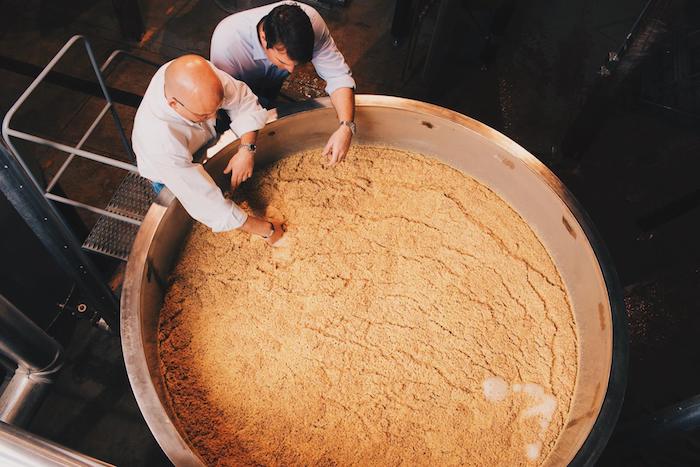

Distillation and Aging
The liquid is distilled, often in a column still, concentrating the alcohol and flavors. The clear spirit, known as ‘white dog,’ is then aged in new, charred oak barrels. The charring imparts complex flavors and the iconic amber color to the bourbon over time.

Bottling
After ageing, the bourbon is typically filtered and diluted with water before bottling. The ageing process can last from two years to decades, with the bourbon gaining depth and character as it matures.
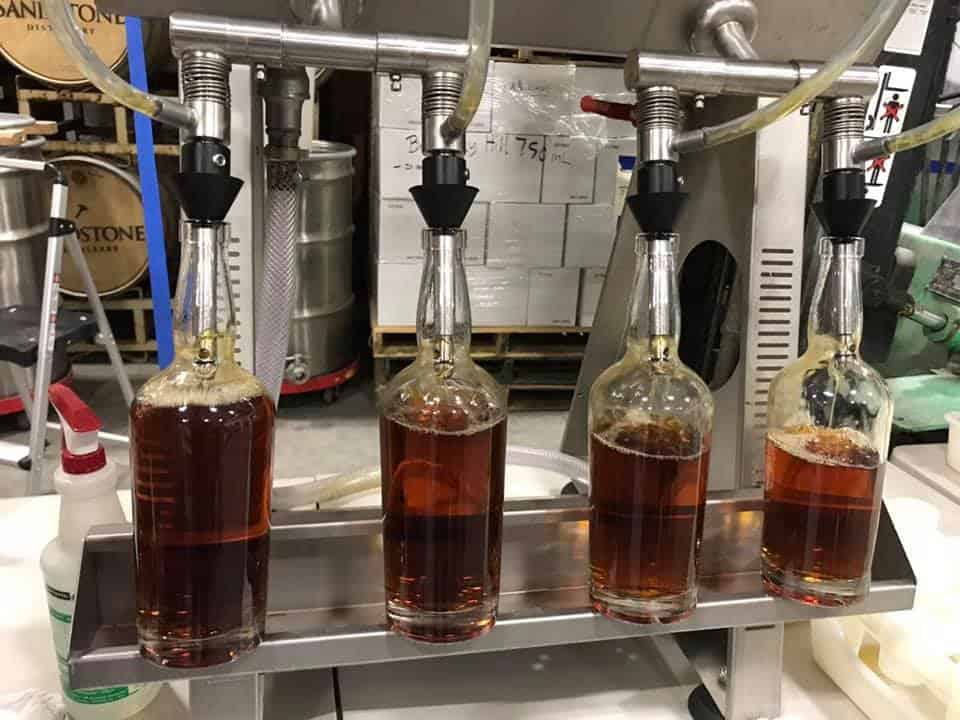
How Is Scotch Made?
Scotch, particularly single malt Scotch, starts with malted barley. The barley is soaked, germinated, and then dried in a kiln, which may use peat smoke, imparting a smoky flavor.
Malting and Mashing
After drying, the malted barley is ground into a grist and mixed with hot water in a mash-tun.
This process, known as mashing, extracts the sugars needed for fermentation.
Fermentation and Distillation
The sugary liquid, called wort, is cooled and fermented with yeast.
Scotch is typically distilled twice in pot stills, which shapes its nuanced flavors and high alcohol content.
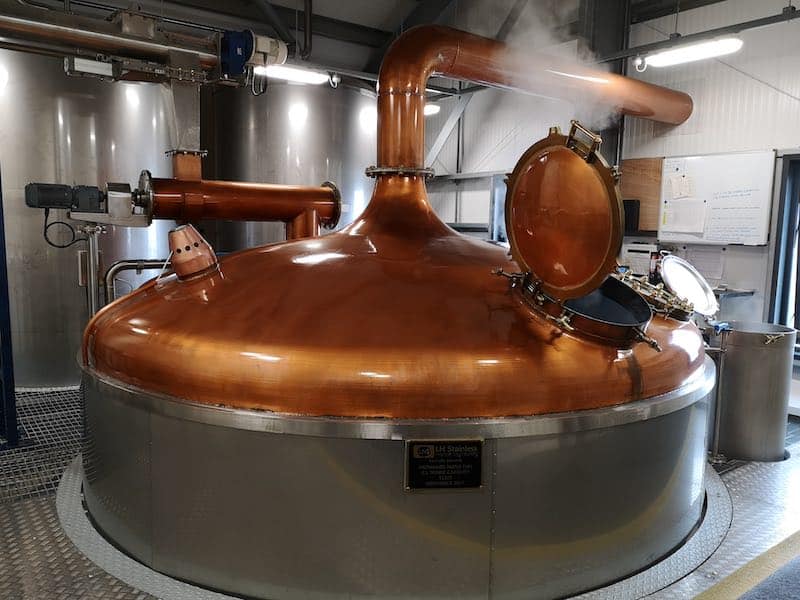

Ageing and Maturation
Scotch must age in oak barrels for at least three years. However, many distilleries age their Scotch much longer, allowing the spirit to develop a rich array of flavors as it interacts with the wood.
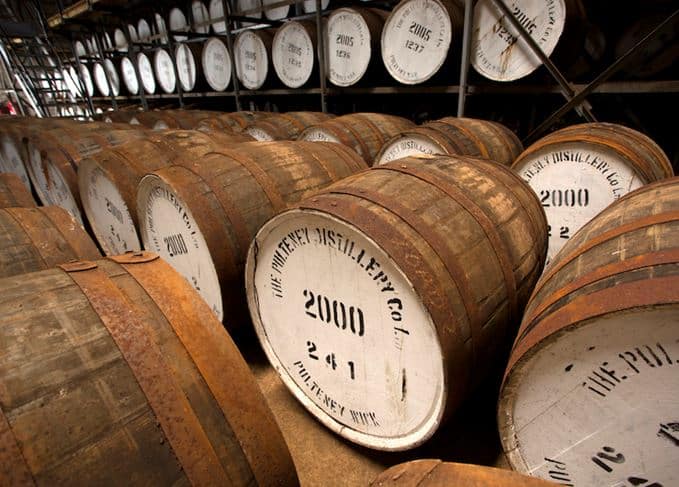
Bottling
Like bourbon, Scotch is often diluted with water to reach the desired strength before bottling. The length of ageing and the characteristics of the barrels play a significant role in the final taste of the Scotch.
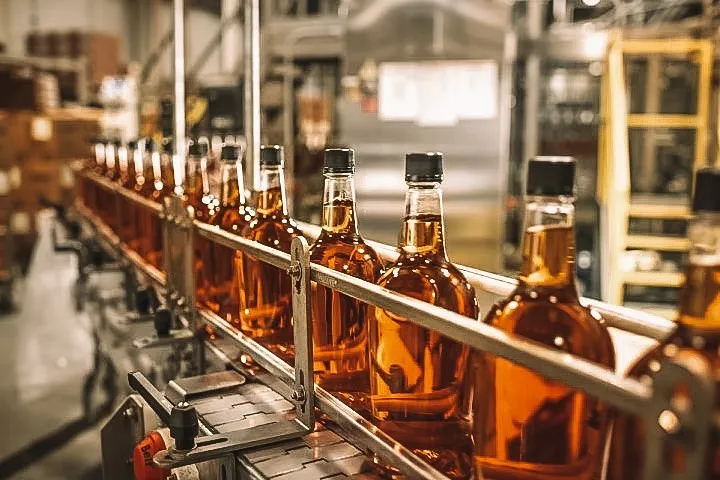
What Are the Key Flavor Profiles of Bourbon?
Bourbon, America’s native spirit, is renowned for its diverse and rich flavour profile. Each sip tells a story of its heritage and craftsmanship. Here’s a step-by-step guide to understanding bourbon’s key tasting notes:
- Vanilla and Caramel The journey of bourbon’s flavor begins in the charred oak barrels where it ages. The heat from the charring process releases vanillin, the compound that gives bourbon its vanilla essence. As the bourbon matures, the wood sugars caramelize, imparting a sweet, toasty caramel note.
- Oak and Smoke The new oak barrels not only contribute to bourbon’s color but also its taste. The oak infuses the bourbon with a woody flavor that can range from a subtle oakiness to a pronounced smoky character, depending on the level of char inside the barrel.

- Spice Bourbon’s spice notes often come from the rye in the mash bill. Rye adds a peppery kick, which complements the sweeter flavors and adds complexity to the bourbon’s profile.
- Fruit and Floral Some bourbons exhibit fruit and floral notes, which can be attributed to the fermentation process. These flavors can range from crisp apple to soft peach or from delicate rose to bold jasmine, adding a layer of sophistication to the palate.
- Finish The finish of a bourbon refers to the flavors that linger after a sip. A good bourbon will have a long, smooth finish that may leave hints of oak, vanilla, or even a touch of sweetness on the tongue.
What are Scotch’s Key Flavor Profiles?
Scotch whisky, especially single malt, is celebrated for its complexity and depth. The flavor of scotch varies widely depending on its region and production, but here are the common notes you might discover:
- Peat Scotch from regions like Islay is famous for its peaty character. Peat is used during the malting process, where its smoke infuses the barley, giving the scotch a distinctive earthy and smoky flavor.
- Sea Spray and Iodine Coastal distilleries often produce scotch with a maritime influence. These whiskies can carry notes of sea spray, brine, and iodine, reminiscent of a breezy seashore.
- Fruit and Nut Scotch can also present a range of fruit and nut flavors. From the sherry-influenced dried fruits and nuts to the fresh orchard fruits of a Speyside malt, these flavors add a rich and varied palette to enjoy.
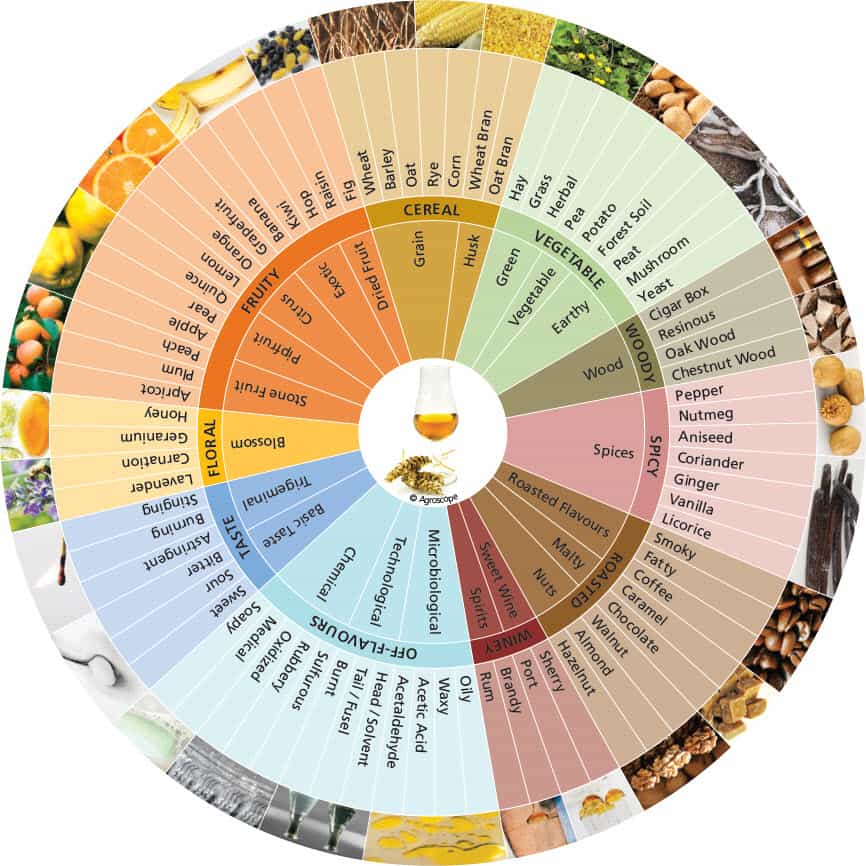
- Wood and Spice The oak barrels used for ageing scotch contribute to its flavor profile. Scotch can pick up notes of oak, cedar, and a variety of spices, from cinnamon to nutmeg, depending on the type of cask used.
- Finish The finish in scotch can be as varied as its flavor profile. Some leave a warm, spicy note, while others may have a smooth, sweet, or even slightly dry finish.
What Is the Best Way to Drink Bourbon and Scotch?
When it comes to enjoying bourbon and scotch, there are a few traditional methods that can enhance your drinking experience. Let’s explore these methods step by step.

Neat
Drinking whiskey neat means savoring it at room temperature without any additional mixers or ice. This method allows you to experience the spirit’s full flavor profile.
For bourbon, this means the sweet notes of vanilla and caramel, and for scotch, the smoky or fruity undertones.
On the Rocks
Some prefer their whiskey on the rocks, which means with ice. The chill can tame the alcohol’s burn, making it smoother. However, it can also slightly mute the flavors, especially the subtle ones. It’s a balance between coolness and taste.


With Water
Adding a few drops of water to your whiskey can open up new flavors and aromas. This is because water can lower the strength of the alcohol, which may release flavors that were previously overshadowed by the whiskey’s potency.
Whiskey Cocktails
For those who enjoy a mixed drink, both bourbon and scotch can be used in a variety of cocktails. Bourbon is often mixed in sweeter drinks like the Old Fashioned, while scotch can be found in more robust cocktails like the Rob Roy.

How Do Bourbon and Scotch Compare Neat or On the Rocks?
The choice between drinking whiskey neat or on the rocks comes down to personal preference.
Bourbon Neat vs. On the Rocks
Bourbon’s inherent sweetness and rich flavours like vanilla and oak are more pronounced when drunk neat. On the rocks, the coldness can make the drink more refreshing while slightly diluting the intensity of the flavours.
Scotch Neat vs. On the Rocks
Scotch, particularly those with a strong peaty flavor, can be quite powerful when drunk neat. On the rocks, the chill can soften the smokiness and make the drink more approachable for some.
Comparing the Taste Bourbon and Scotch: Is Bourbon Sweeter Than Scotch?
When it comes to sweetness, bourbon often takes the lead due to its higher corn content. Corn is a sweet grain, and the mash bill for bourbon must be at least 51% corn, which imparts a natural sweetness to the spirit. This sweetness is further enhanced by the new charred oak barrels used for ageing, which infuse the bourbon with notes of vanilla and caramel.
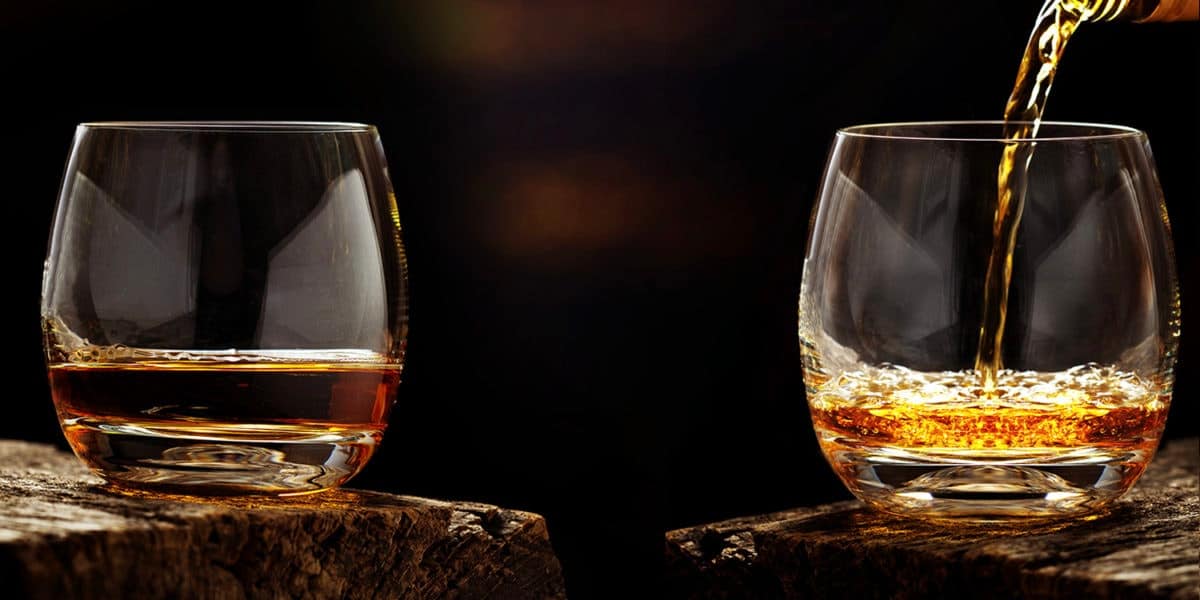
Why Do Some People Prefer Bourbon?
Bourbon’s sweetness makes it more approachable for many, especially those new to whiskey. Its rich, full-bodied flavour profile, with hints of spice and fruit, can be more palatable than the sometimes intense smokiness of scotch. Bourbon is also versatile and enjoyed neatly, on the rocks, or in a variety of cocktails.
Why Is Scotch Often Described as Smoky?
Scotch’s smokiness is a signature characteristic, particularly for single malts from regions like Islay. The smoky flavour comes from peat, which is used in the malting process of barley. Peat is an accumulation of partially decayed vegetation, and when it’s burned, it releases a distinctive smoky aroma that is absorbed by the barley.
Why Do Some People Prefer Scotch?
Scotch enthusiasts often appreciate the complexity and variety of flavours that scotch presents. From the peaty, smoky whiskies of Islay to the lighter, fruitier drams of the Speyside region, scotch offers a wide range of tasting experiences. The depth and character of scotch, developed through long ageing processes in oak barrels, appeal to those who enjoy a more robust and nuanced spirit.
How Does Age Affect the Taste?
Age plays a significant role in the development of a whiskey’s flavor. As bourbon and scotch age in barrels, they undergo chemical reactions that deepen their flavors and smooth out the alcohol’s harshness. Over time, the spirits extract compounds from the wood, which contribute to their color, flavor, and aroma.
The Role of the Barrel
The type of barrel used for ageing also affects the taste. Bourbon must be aged in new, charred oak barrels, which give it a distinct sweetness and notes of vanilla and caramel.
Scotch, however, is often aged in used barrels that previously held other spirits like sherry or bourbon, adding layers of flavor.
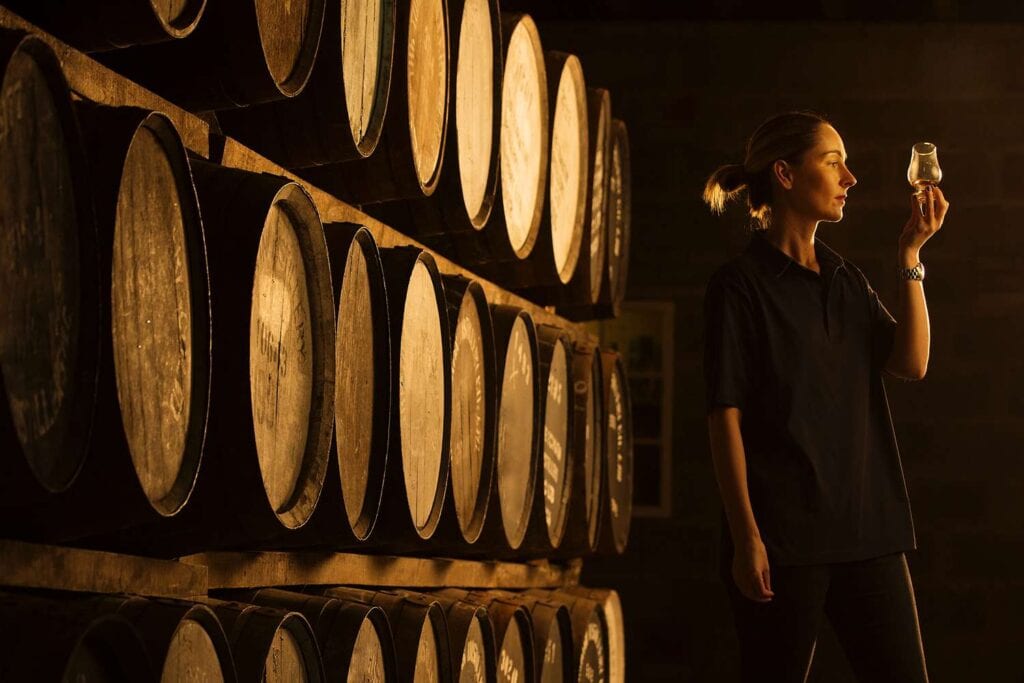
Price and Accessibility
The price of bourbon and scotch can vary widely, from affordable everyday sippers to rare, collectable bottles costing thousands of dollars. Factors influencing the price include the age of the whiskey, the distillery’s reputation, and the rarity of the release.
Finding Your Preference
Ultimately, the choice between bourbon and scotch comes down to personal preference. Some may prefer the sweet, mellow warmth of bourbon, while others may be drawn to the rich, smoky depth of scotch. The best way to discover your preference is to taste and explore the wide range of flavours each type of whiskey offers.
Final Analysis
As we’ve journeyed through the intricacies of “Compare taste bourbon and scotch”, we’ve uncovered the rich tapestry of flavours, traditions, and processes that define these storied spirits. From the sweet, vanilla-kissed warmth of bourbon to the peaty, smoky depths of scotch, each offers a unique sipping experience that caters to diverse palates and preferences.
Whether you’re drawn to the mellow smoothness of bourbon or the robust complexity of scotch, the true beauty lies in the exploration. The world of whiskey is vast and varied, and there’s much to be savoured and discovered. As you continue your tasting adventures, remember that the best whiskey is not just about age, price, or prestige—it’s about the moments we create and the memories we cherish with every glass raised.
So here’s to the whiskey lovers, the curious sippers, and the spirited adventurers. May your glasses be full and your spirits high. Cheers to the journey of taste and the joy of discovery.
Jl.Surjan
Disclosure: Our blog contains affiliate links to products. We may receive a commission for purchases made through these links. However, this does not impact our reviews and comparisons. We try our best to keep things fair and balanced, in order to help you make the best choice for you.


